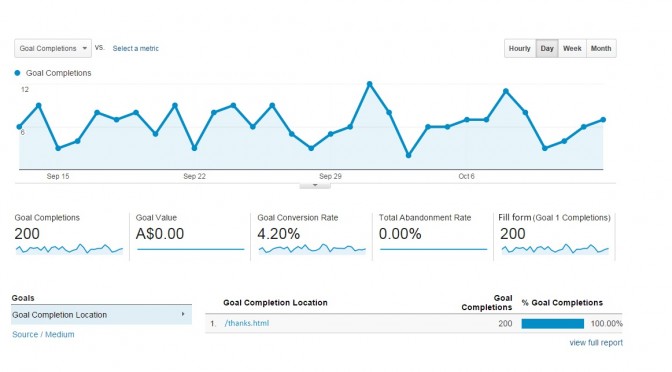Since its inception, Google Analytics has remained the impregnable tool in the screen of website analytics. The top 10,000 sites on the planet and 57% of the world are using this tool. Prior to its launch, people did not have access to a tool, but what this brought with it is a powerful, accurate analytics that helped masses and particularly site owners a lot. People now have freedom to make smarter decisions for their website and their business.
Analytics seem to be the starting point for a myriad of tasks that encompass everything from increasing traffic to improving conversions or conceiving great new content ideas. However, as everything comes with a time limit, even the Google Analytics tool now seems to getting shorter on time. The many new tools that have now emerged, some of which are pretty good, has made it possible.
Why get over Google Analytics now?
Therefore, if you still think that why get over Google Analytics, here are few reasons:
- The ubiquitous nature of Google sometimes causes a hindrance in its path, where people believe that controlling multiple parts can often seem uncomfortable.
- The complexity of the tool seems off-putting, and with the fifth version being released, this is bound to get intensified.
- Google Analytics does not have everything and is not for everyone. Besides, some new tools packs far better features than this Google “product.”
So, let us just quickly see what the alternatives available are…
The choice of alternatives largely depends on what the user is looking for. So, let us see the top five alternatives that offer something for everyone…
Clicky
Clicky seems to have a long list of pros that cannot be just overlooked.
- It is much easy to use and understand
- Real-time view of who is on the website, through “spy” is excellent
- Live web analytics, helps you know how many people are visiting the page you are on now.
- Clicky offers the freedom to set up alerts that are triggered by specific actions on your website
- You can get analytics even for your twitter account
- Recently added heatmaps to help paid users enjoy uptime monitoring
- This is free to use for 3,000 page views daily.
Cons:
- Like every coin has two sides, even this comes with one that is a price, which may range from $9.99 to $19.99 a month
Reinvigorate
Some pros that can help you gain real time advantage on the web include:
- Live auto-updated site activity
- Hottest heatmaps, help you get the clicks you desire
- Desktop Snoop helps you know every time you have a visitor, user sign up, sale and more
- With NameTags, get to know your visitors
- Granular Graphing
- Monthly, daily, or hourly real time data for site visitors
Cons:
- The only one, as everything comes with a price even this asks for one after a free 14 days trial
Piwik
This open-source alternative to Google Analytics, is said to have over 500 features, let’s see the few top ones
- Offers freedom to install your own server
- Fully open source
- Runs on PHP and MySQL
- Interface is purely web based
- Myriad of plugins for easy installation
- Simple dashboard, easy to understand
- Real time stats
- Unlimited free version
Cons:
- The way of tracking bounce rates is similar to that of Google Analytics
Open Web Analytics (OWA)
Available as a self-hosted open source solution, this has many benefits:
- Can be used to track multiple websites
- Easy to understand and use
- Feature rich, free to use
- Separate stats filtration, Heatmaps and mouse tracking
Cons:
- Amazing as a free product, but the bounce rate and time on site weakness is same as Google Analytics, not perfect, but somehow the best free version out there.
StatCounter
The better-known alternative of Google Analytics, StatCounter may not look beautiful, but is pretty impressive. Few pros include:
- It is free of cost
- Installation is pretty easy and quick
- Gives insight into popular pages, visits, visitors paths, exit pages, incoming keywords and more
Cons:
- Although free, but this lacks few bells and whistles that are really important for any tool to be judged as a good analytics tool.
The bottom line:
For any person in search of staying away from the googly-eyes of Google, today there is no shortage of excellent alternatives to Google Analytics. From free tools to paid alternatives, the choices are many, what is needed is creating your own personal list. So, give these a try and get over the Google craze!


